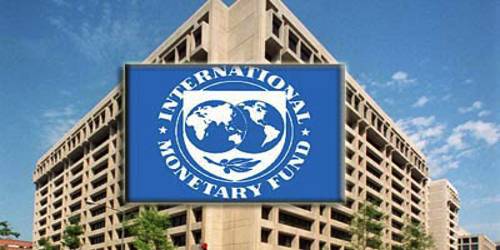DUBAI: The International Monetary Fund on Monday has announced it will distribute $650 billion in new Special Drawing Rights (SDRs), the largest allocation in history, providing a “significant shot in the arm for the world” to combat the economic distress caused by the Covid-19 pandemic.
“SDRs are being distributed to countries in proportion to their quota shares in the IMF. This means about $275 billion is going to emerging and developing countries, of which low-income countries will receive about US$21 billion – equivalent to as much as 6 percent of GDP in some cases,” IMF Managing Director Kristalina Georgieva
Georgieva said the IMF was encouraging rich countries that receive SDRs to channel them to poorer countries that need them more. Over the past 16 months, some members have already pledged to lend $24bn, including $15 billion from their existing SDRs, to the IMF’s Poverty Reduction and Growth Trust, which provides concessional loans to low-income countries, she said.
She said the SDR allocation will provide additional liquidity to the global economic system – supplementing countries’ foreign exchange reserves and reducing their reliance on more expensive domestic or external debt, she said.
Countries can use the space provided by the SDR allocation to support their economies and step up their fight against the crisis, Georgieva added.
To support countries, and help ensure transparency and accountability, the IMF is providing a framework for assessing the macroeconomic implications of the new allocation, its statistical treatment and governance, and how it might affect debt sustainability. The IMF will also provide regular updates on all SDR holdings, transactions, and trading – including a follow-up report on the use of SDRs in two years’ time, she said.
The IMF’s last SDR distribution came in 2009 when member countries received $250 billion in SDR reserves to help ease the global financial crisis. The IMF is also exploring the possibility of a new Resilience and Sustainability Trust, which could use channeled SDRs to help the most vulnerable countries with structural transformation, including confronting climate-related challenges.
“Another possibility could be to channel SDRs to support lending by multilateral development banks,” Georgieva said.

